The Traditional Fijian Village Of Navala
Deep in the highlands on the banks of the Ba river, is a village that time forgot. Or if not forgotten, then at least overlooked for a while.
If you get the opportunity to visit the traditional Fijian village of Navala, you should jump at the chance. This is the last village on Viti Levu that still lives a traditional lifestyle, complete with thatched bures and an atmosphere unlike anywhere else. This is Fiji as it USED to be.
The thatched bures you see in the village are not built for the benefit of tourists… they are where people live every day, built with traditional materials and methods, everyone pitching in together to build new dwellings.
So come and explore Navala with me, as we meet a few locals, the school children, and see how life is lived up here in the Ba highlands.
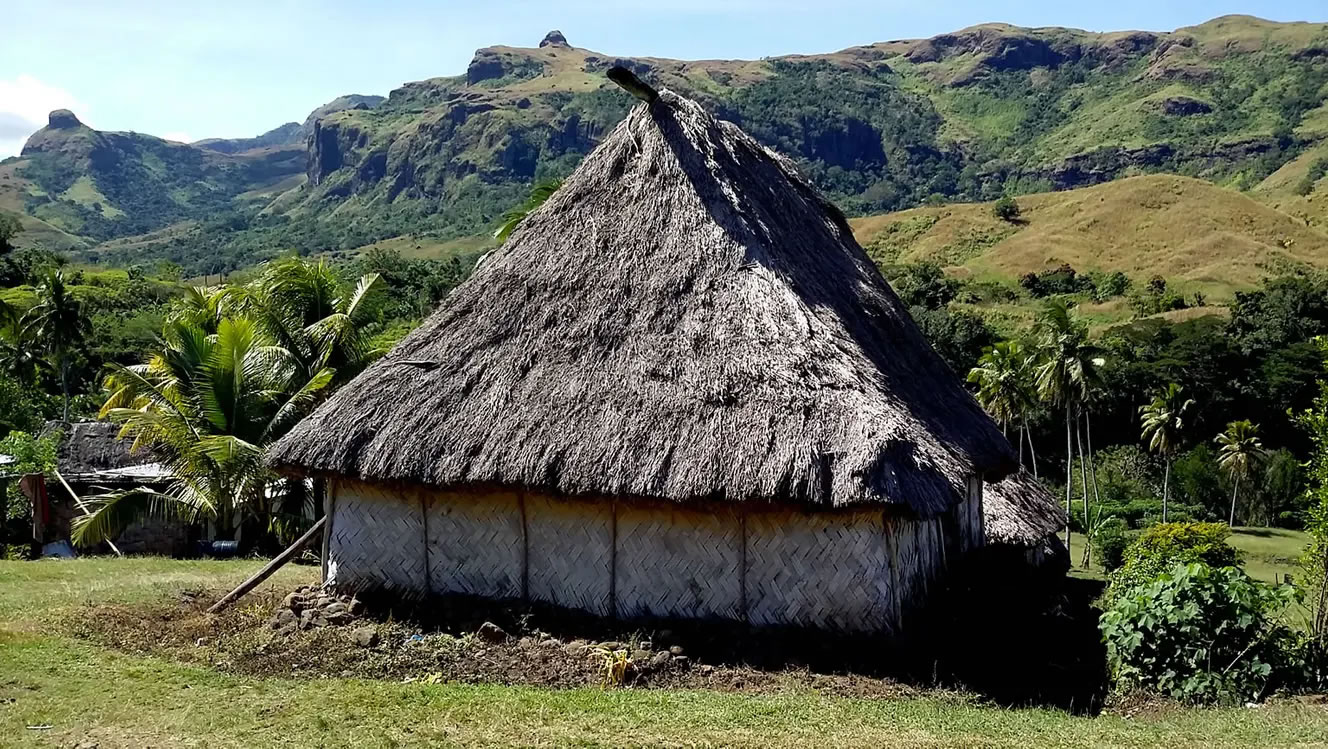
Driving To Navala
If you are coming from Nadi or Denarau, the first leg of the journey to Lautoka is pretty boring. Plenty of traffic, and roads in a predictably poor state. Once you get north of Lautoka , the road improves significantly (at least until you reach the rough roads inland of Ba).
Drive Time: Nadi/Denarau to Lautoka takes around 30min. Lautoka to Ba is one hour, and Ba to Navala is another hour. That is at a slow driving speed, you could trim a bit of time off that if you don't dawdle.
The rather boring scenery around Nadi is replaced by rolling hills, lovely villages and beautiful ocean views out towards the Yasawa islands. Watch the video below to see a bit of the drive there, as well as a look at Ba and and the drive up into the hills.
Arriving At Navala Village
The first thing to do when arriving at the village – any village, not just Navala – is to make yourself known and present your sevusevu to the chief.
This is a long held tradition, and shows respect and courtesy to the village. A sevusevu is always an offering of kava root, wrapped in paper when you buy it at the market, and presented on arrival at the village. This will be followed by a welcome (Mata Karawa), which includes a bowl of kava for everyone. Please, do not refuse the kava even if you really don’t enjoy the taste... it would be a grave insult. It would be like saying, I don’t appreciate your hospitality.
Yes, it looks like a puddle of muddy water, and tastes like one as well, but grin and bear it. You can always ask to have your bowl at Low Tide. No-one will think less of you.
Gallery From Ba To Navala Village
A few pictures of my trip to Navala. First ones are of the market at Ba, and the panoramic view over the area from the crest of one of the hills. The rest are general shots of the village and school children.
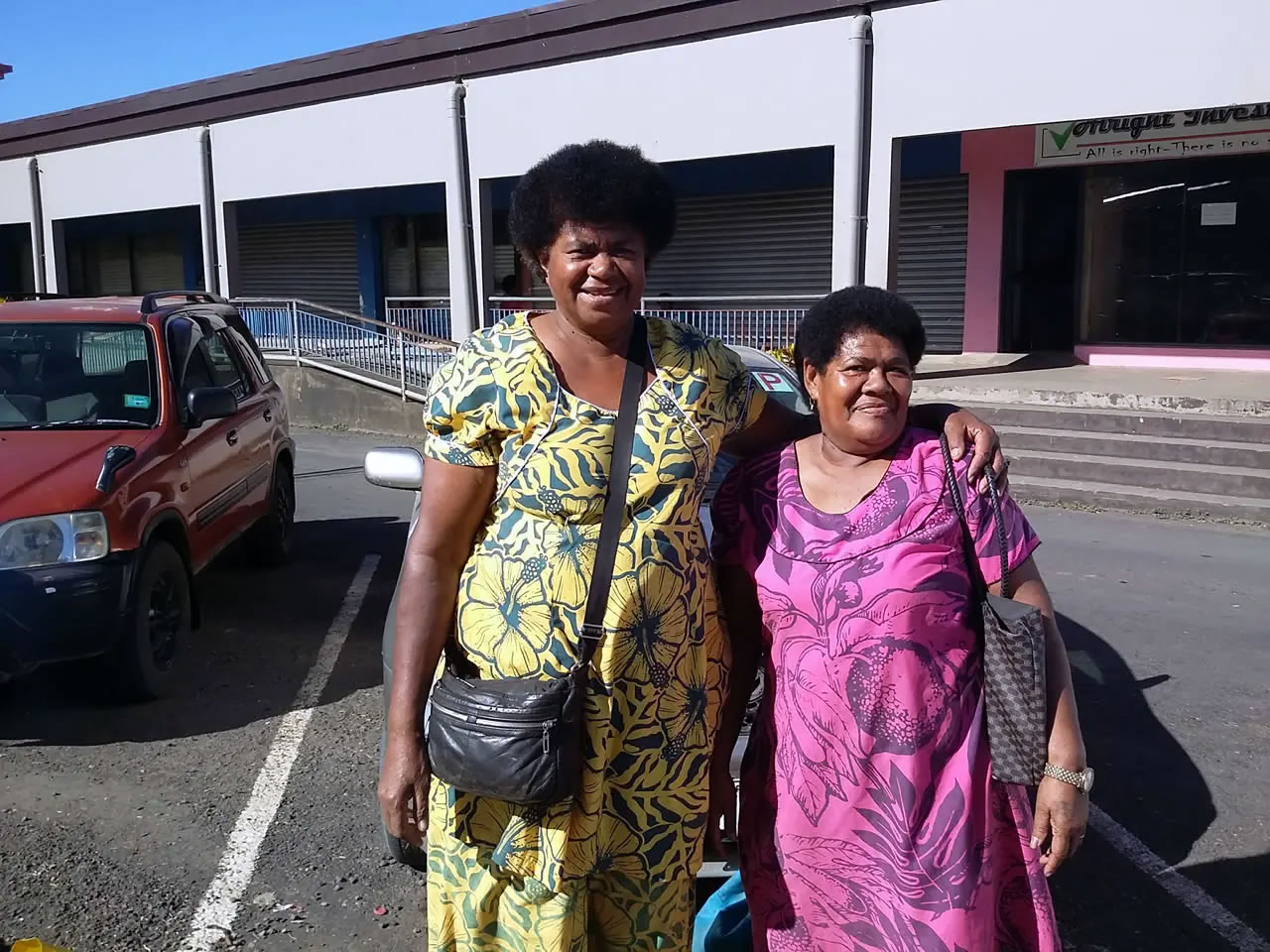
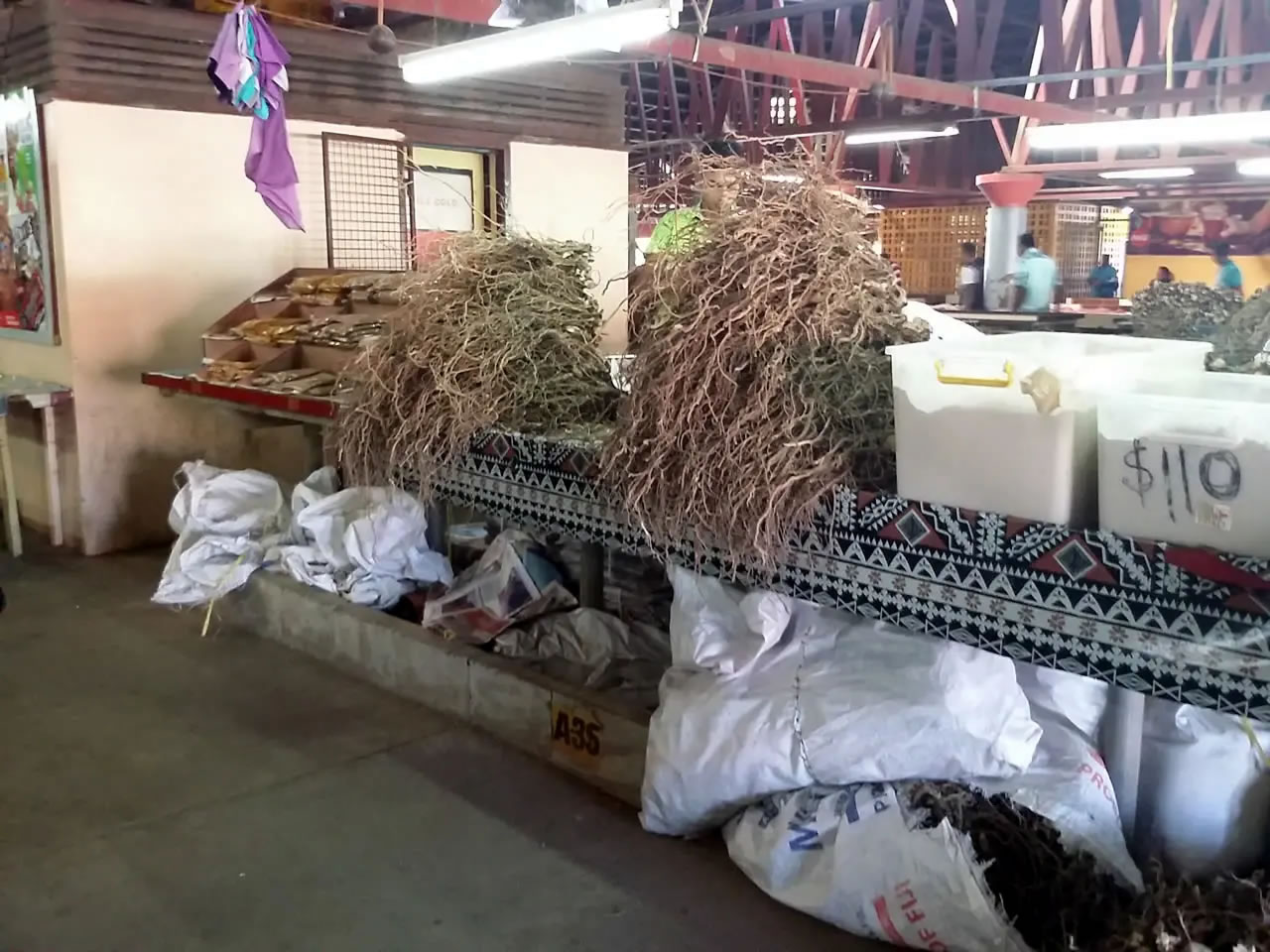
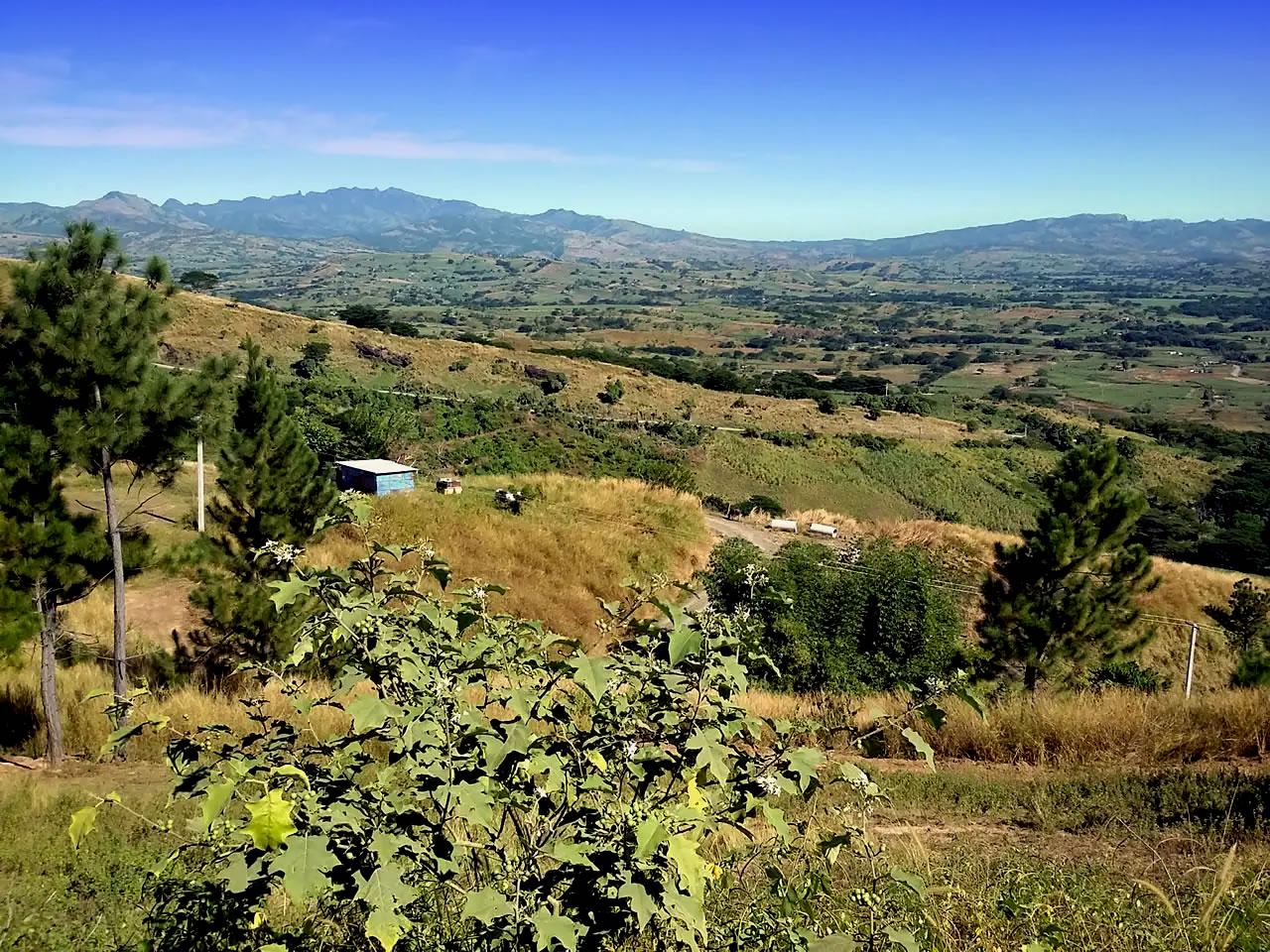
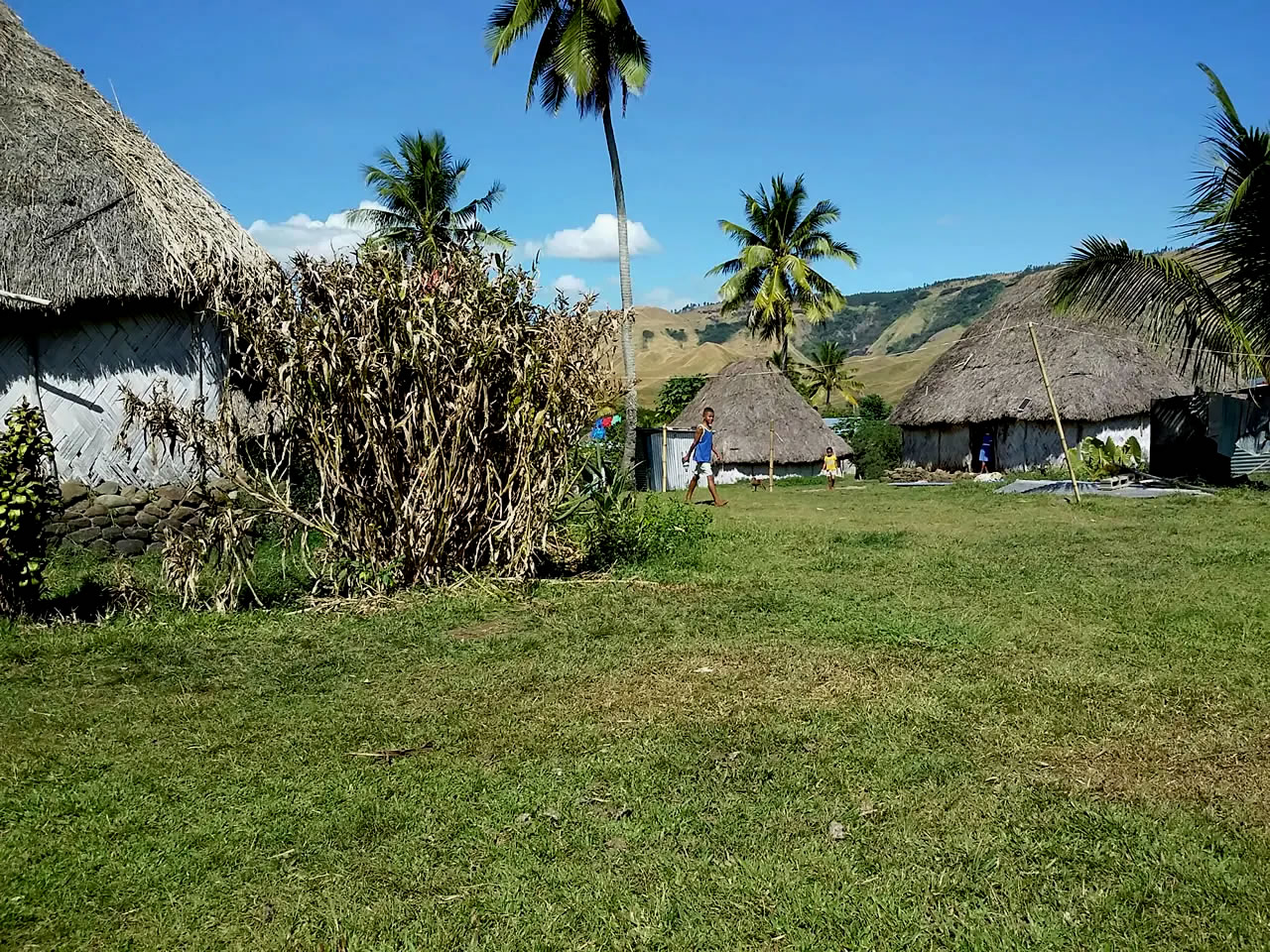
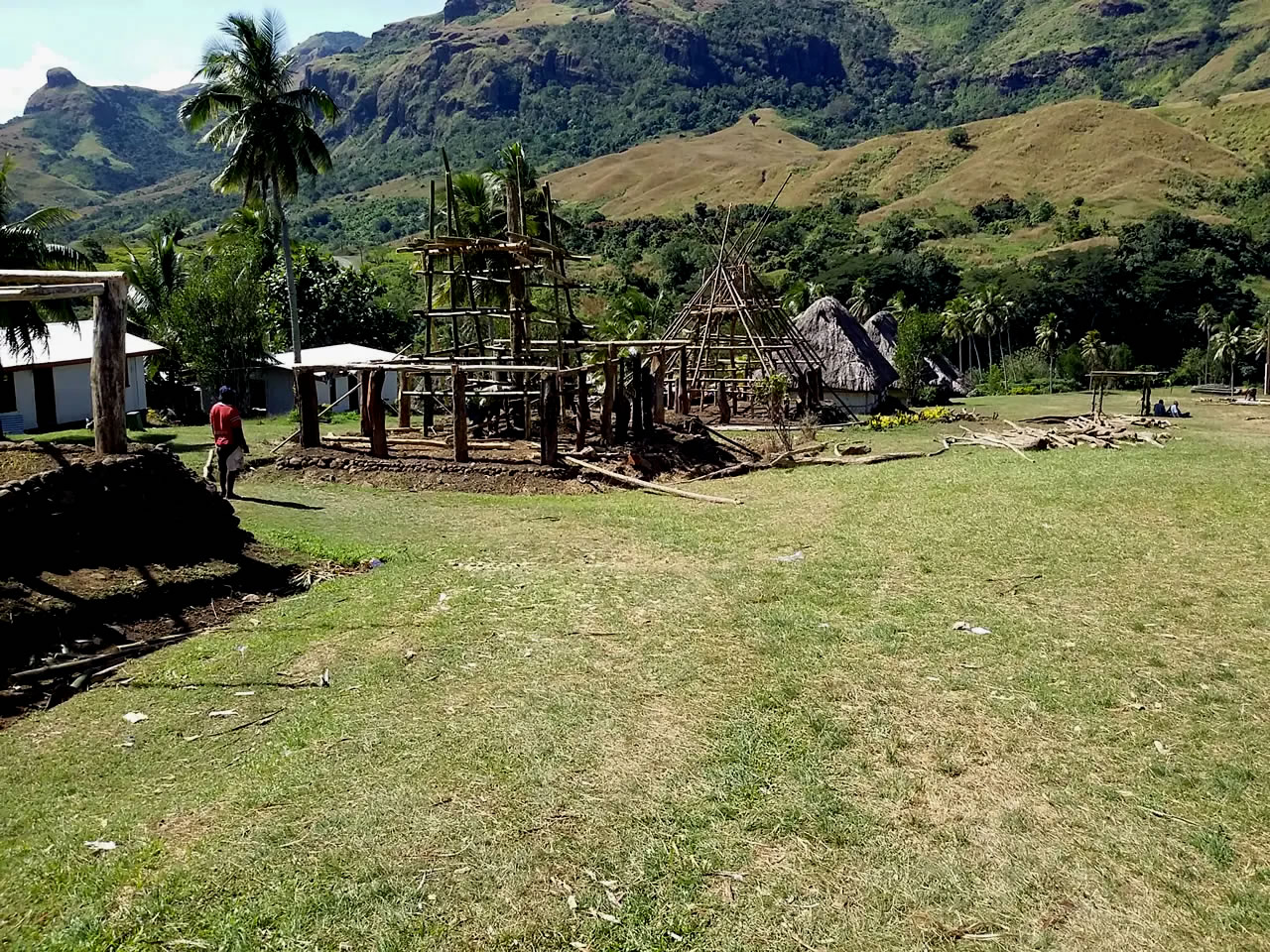
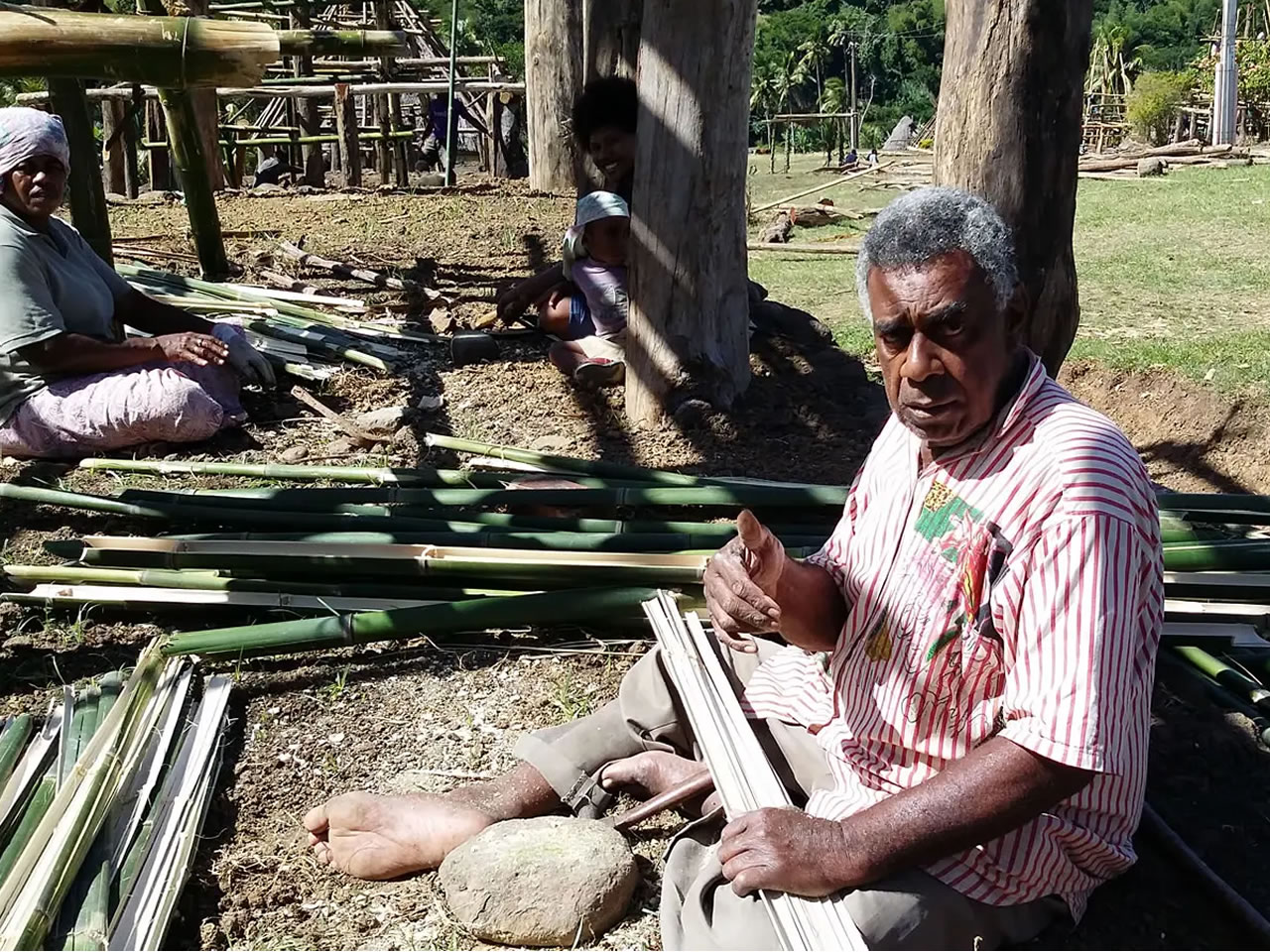
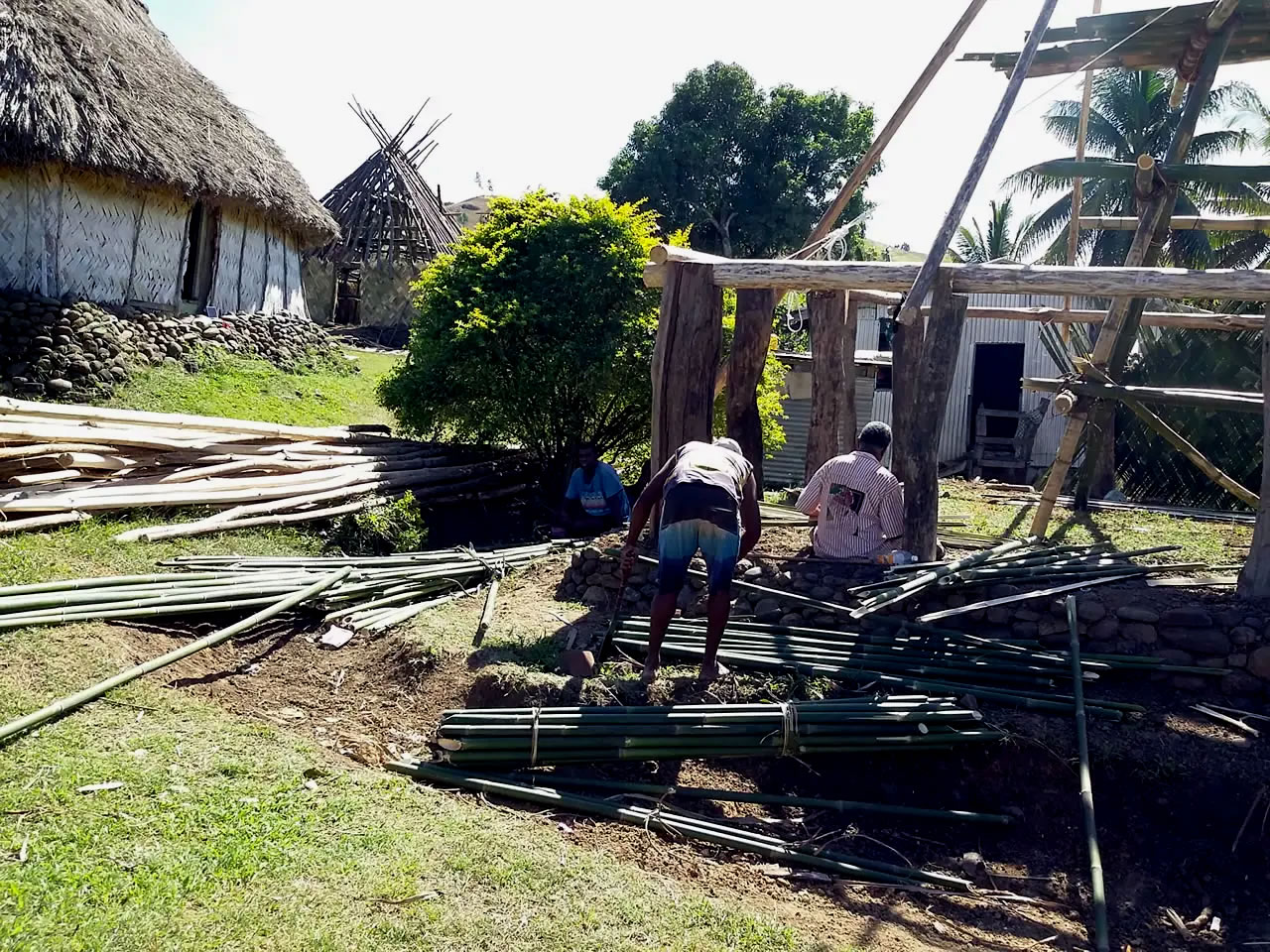
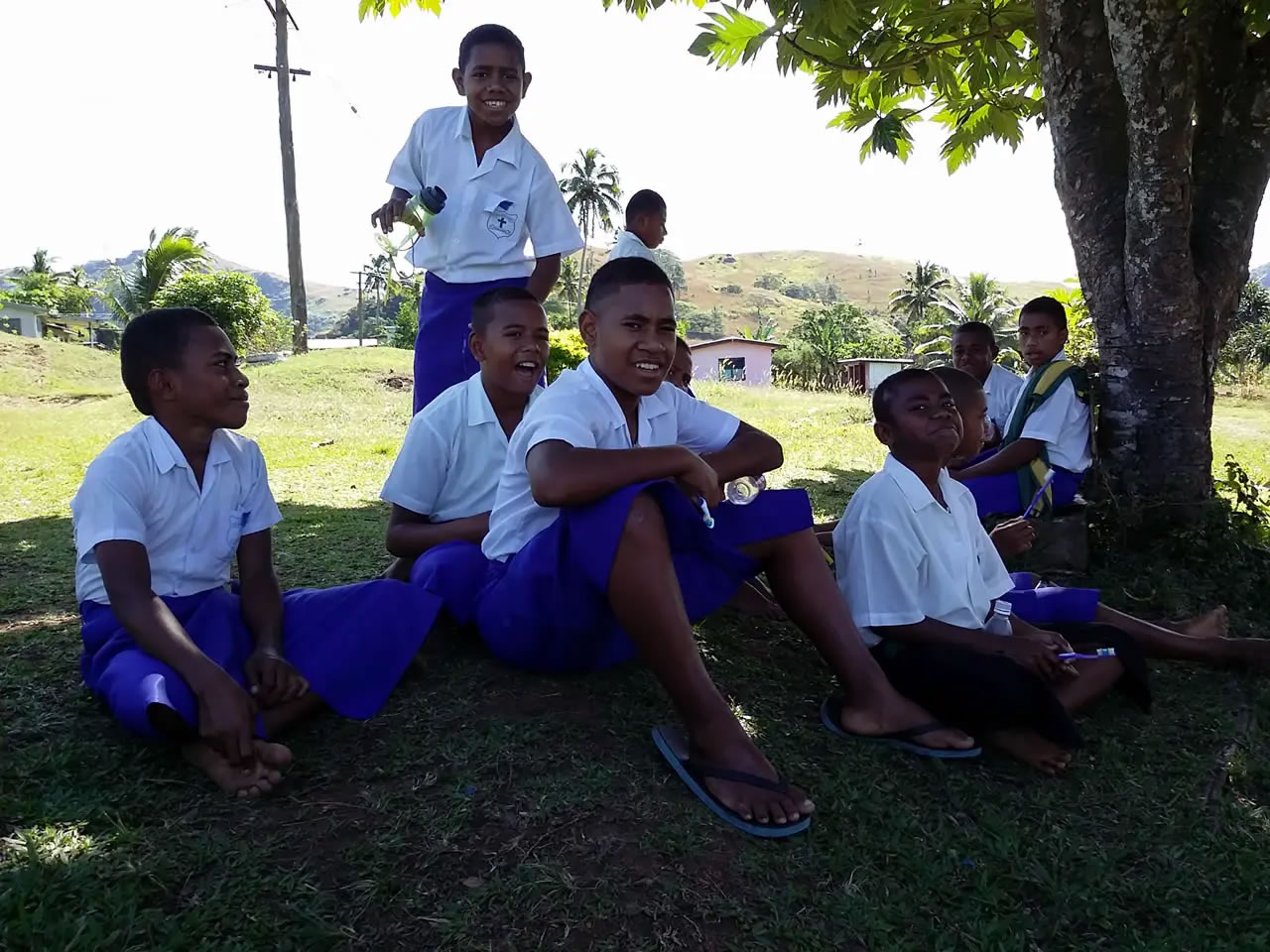
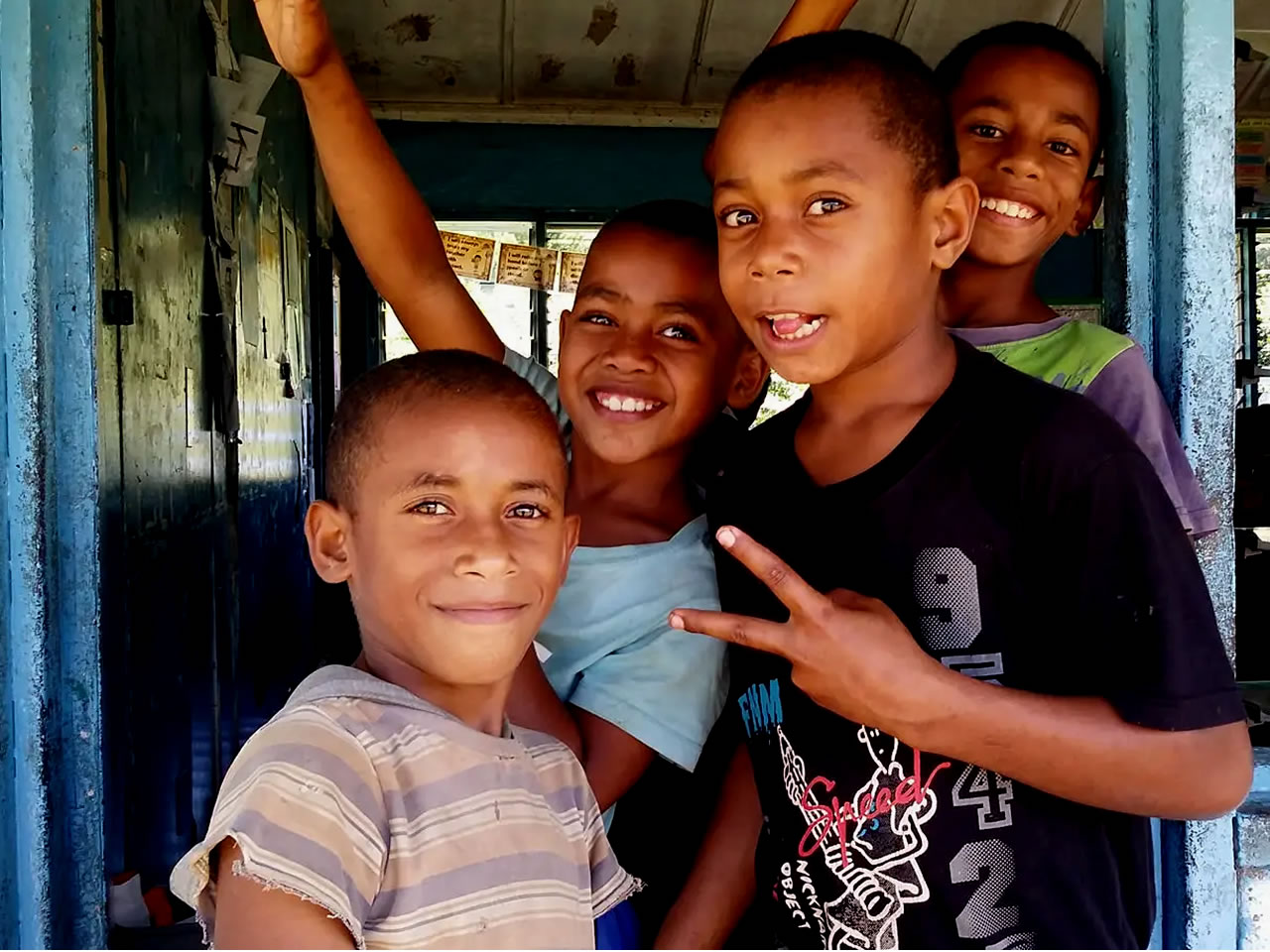
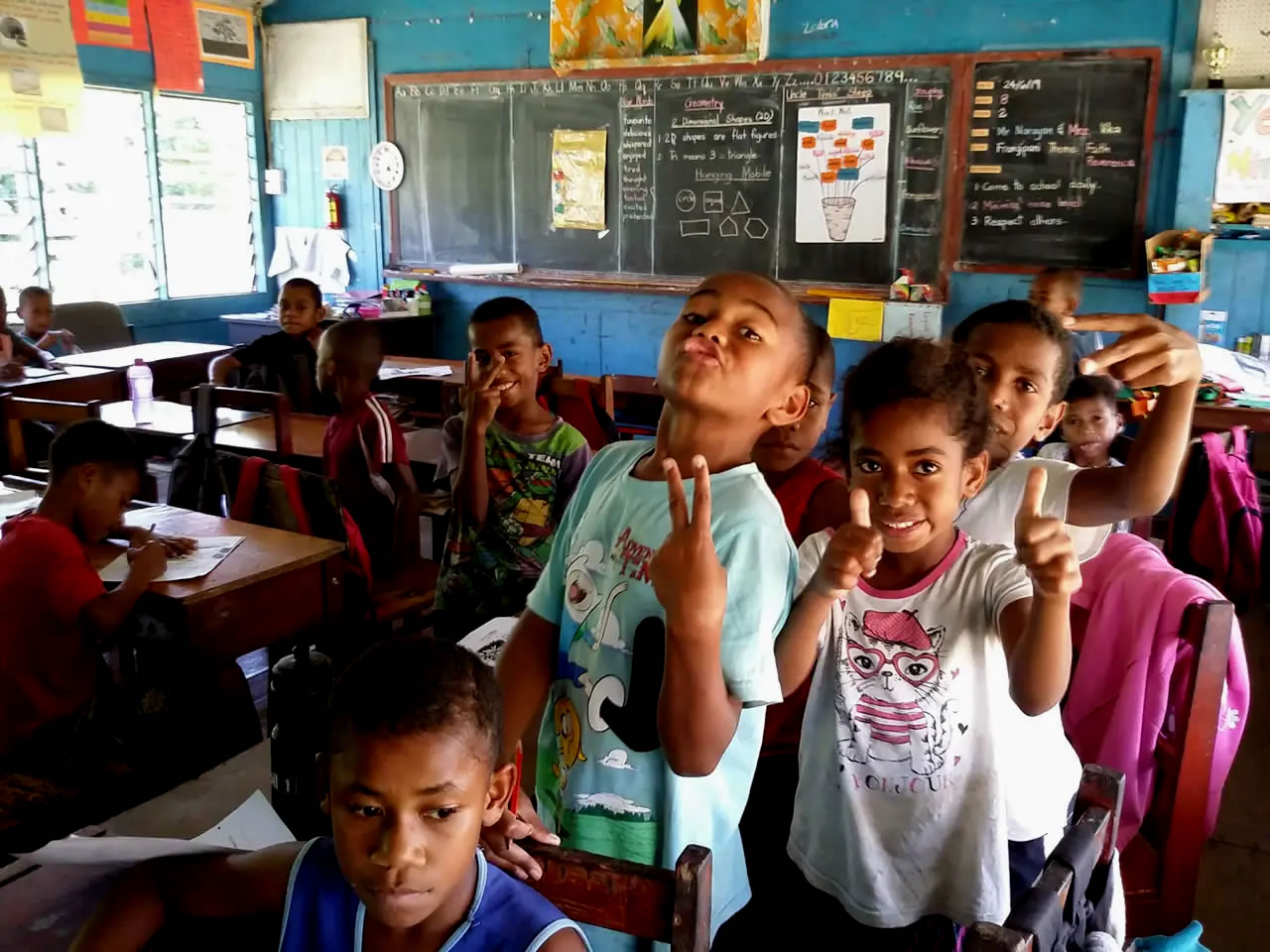
About Navala Village
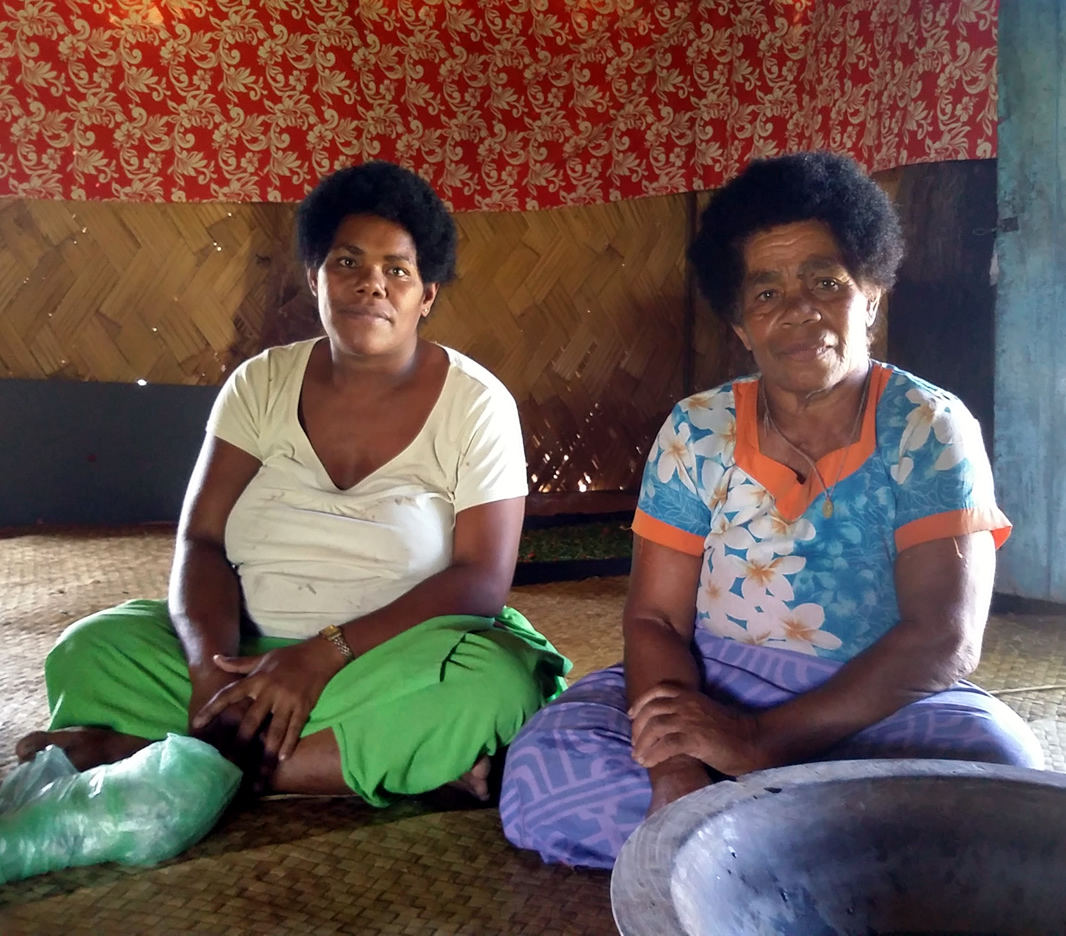
This is the last village on Viti levu that holds onto their age old traditions. Nowhere else are you going to see Fijian people living this way… the way their fathers did, and their fathers before them. The population is somewhere around the 1000 mark. It doesn’t look that big at first glance, but some of the homes can have up to a dozen family members living in them.
In recent years, they have had power running to the village, which has enabled a few of the modern luxuries we take for granted back home. Things like a fridge or washing machine. However, the village holds onto it's heritage with pride, and many of the things done here are done the old way. Harnessed oxen used to haul timber for bures for example, and villagers working collectively to build them.
The Bures: These are still built the traditional way, much the same as they were 200 years ago (although with the addition of a chainsaw to cut the larger logs!). The bures are constructed of timber, bamboo, woven walls and sedge grass thatching. Perhaps the most important part of the construction is the central pillar, made from a hardwood tree called the "vesi".
In Navula, there is a shortage of trees in the immediate area, partly due to the ravages of Cyclone Winston in 2016. This means timber is sourced from further up in the hills, and is dragged by a team of oxen (AKA, a Fiji tractor) back to the village. In some spots, the logs have to be floated down the river. Once back at the village, it is dried and peeled before use.
The School: There are 170 pupils at the school, some from Navula, and other that attend from outlying areas and stay in the hostel at the school. The kids are bright, bubbly and eager to learn, so if you want to share stories of your home, they love to listen. Like most schools in Fiji, funds are in short supply, so if you visit, perhaps consider either making a small donation or bring a few school supplies. Pencils, exercise or text books etc.
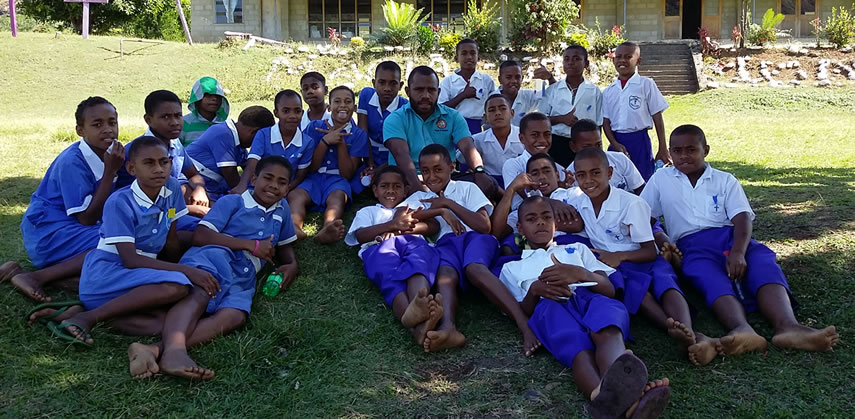
The school caters for children aged 6yrs to 14yrs. After that age, they attend secondary school, the closest being in the town of Ba. This is a 1.5hr trip by local bus each way, and some choose to travel in and out each day. Other will stay at a hostel in town to attend school, returning home on weekends and holidays.
